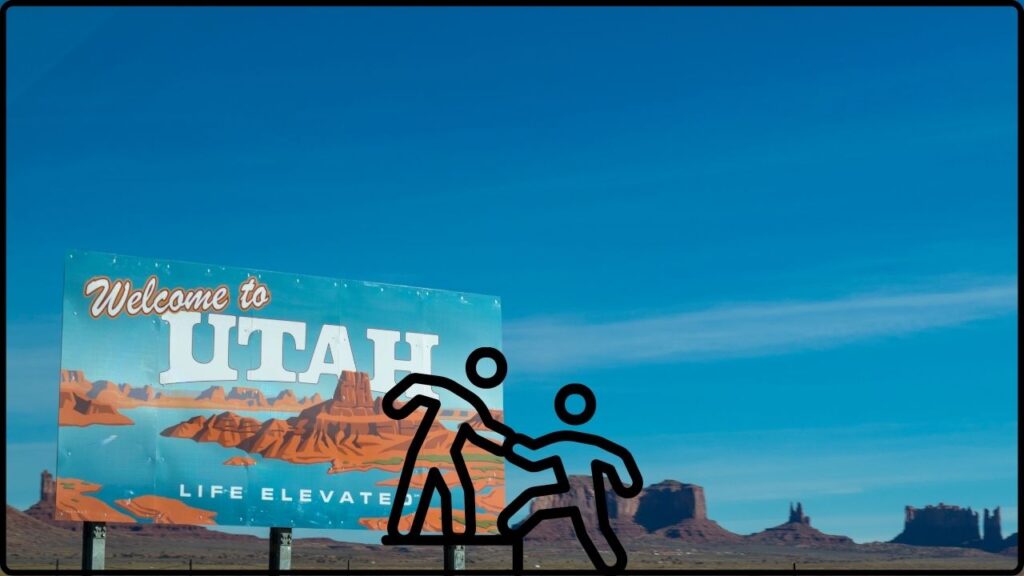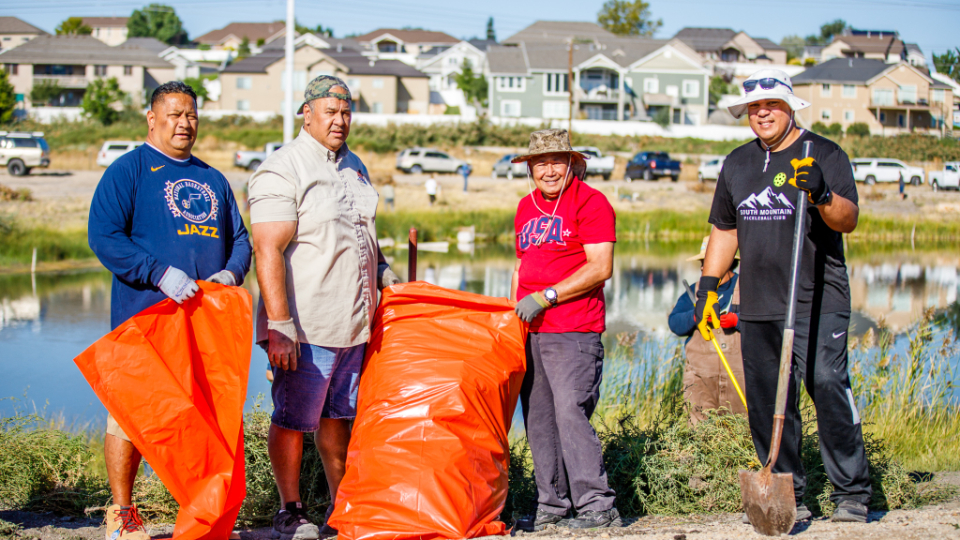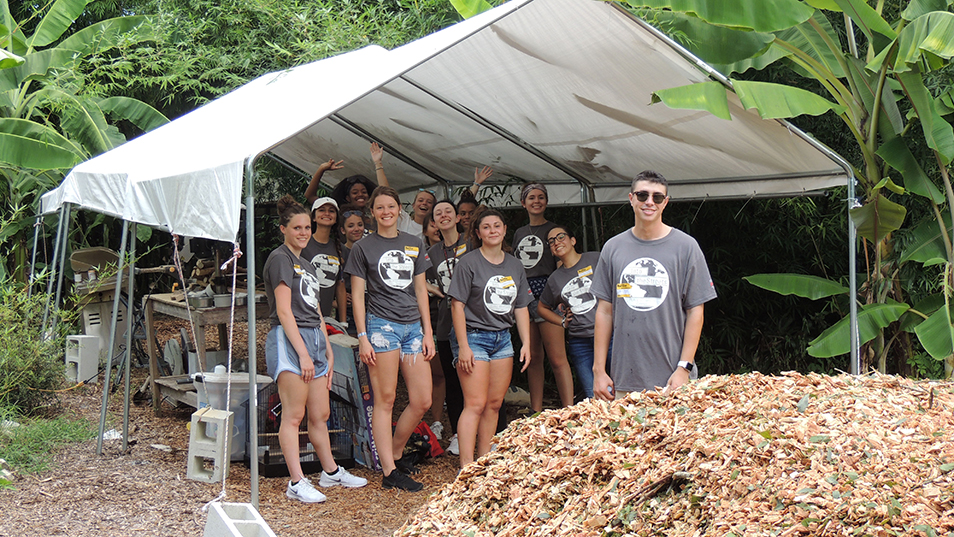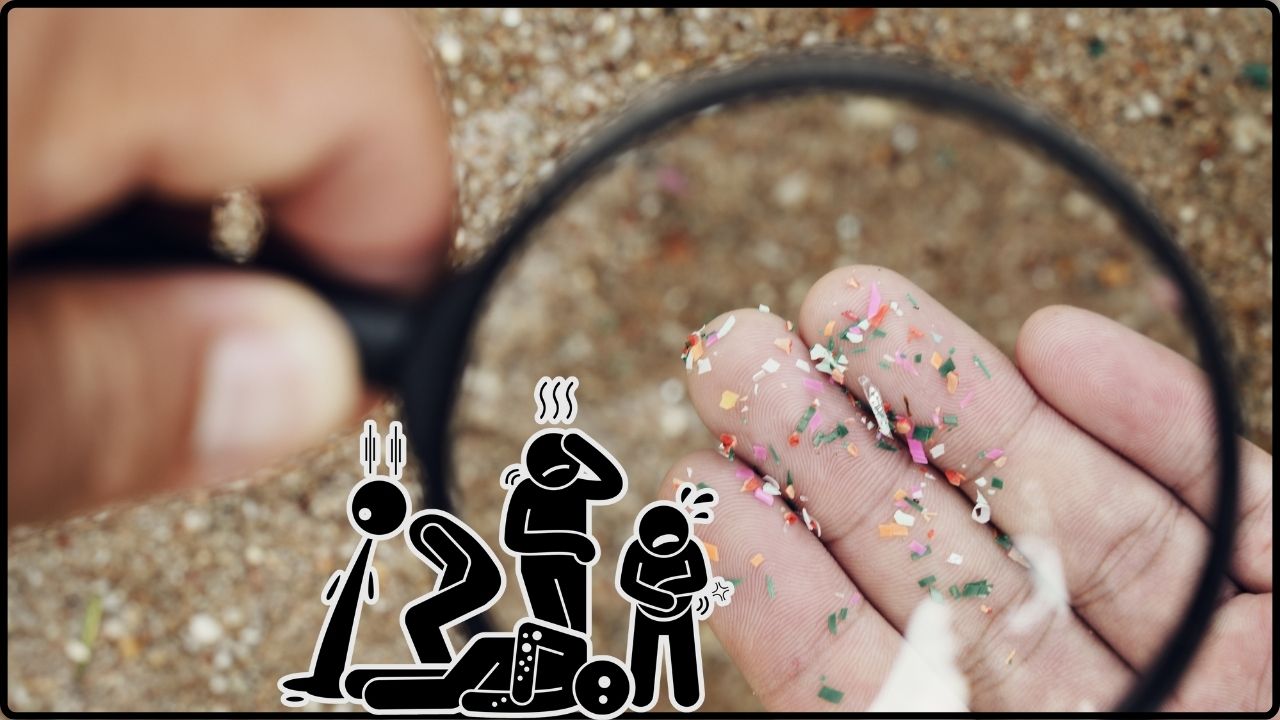
America’s Most Generous State Right Now: If you’re wondering which U.S. state is currently leading the charge when it comes to generosity, there’s one clear frontrunner: Utah. Whether it’s giving money, donating time, or supporting local communities, Utahns are stepping up big time. They’re not just writing checks—they’re rolling up their sleeves and putting in the hours to make a difference. Generosity isn’t just a feel-good buzzword here. In Utah, it’s woven into the fabric of everyday life. From school kids to senior citizens, people are living the values of service and selflessness. And with reliable data to back it all up, Utah’s generosity is more than a trend—it’s a lifestyle.
America’s Most Generous State Right Now
Utah is setting the bar for generosity in America. Through a mix of community values, early youth involvement, and faith-based habits, Utah has built a sustainable culture of giving. And the good news? You don’t need to live in Utah to follow its example. Start today. Volunteer. Budget your giving. Bring your family into it. And remember, generosity isn’t about how much—it’s about how often. If every state followed Utah’s lead, we’d be living in a more connected, caring, and resilient country.
| Category | Details |
|---|---|
| Most Generous State | Utah |
| Volunteer Rate | ~41% of adults (highest in the U.S.) |
| Average Volunteer Hours | ~38 hours per person per year |
| % of Income Donated | 3.6%–3.9% (nation-leading) |
| Top Giving Reasons | Religious tithing, cultural values, youth engagement |
| Runner-Up States | Wyoming, Minnesota, Maryland |
| Youth Engagement | High school students complete hundreds of hours before graduation |
| Official Source | WalletHub’s 2024 Report |
Why Utah Is America’s Most Generous State Right Now?
Generosity Backed by Hard Numbers
Every year, WalletHub releases its “Most Charitable States” report, ranking all 50 states on key indicators such as:
- Volunteer rates
- Charitable giving as a percentage of income
- Hours spent volunteering
- Number of public charities per capita
- Community service and involvement
In 2024, Utah came out on top—again. According to WalletHub, Utah not only led the nation in charitable contributions as a share of income but also had the highest percentage of residents who volunteer.
With 41% of adults giving their time to causes and an average of 38 hours volunteered per person annually, Utah’s giving spirit is well above the national averages of 23% and 18 hours, respectively.
The Role of Religion and Culture
A major factor in Utah’s generosity is the influence of the Church of Jesus Christ of Latter-day Saints (LDS). This religion encourages members to donate 10% of their income to tithing and participate actively in community service.
For many Utahns, giving is not optional—it’s expected and embraced.
That said, generosity in Utah extends beyond the church. Many secular nonprofits, charities, and educational programs benefit from the same cultural spirit of service. The values of helping your neighbor, contributing to the common good, and putting people first are core across the state, regardless of religious belief.
A Youth Movement Fueled by Service
Another standout reason why Utah leads the way? Its youth are service-minded from a young age.
Schools, church youth groups, and extracurricular organizations all prioritize giving back. High school students in Utah often log hundreds of hours in community service before graduation. Programs like Youthlinc and JustServe help young people find meaningful service opportunities that can shape their personal and professional futures.
This early exposure to service makes generosity a lifelong habit.

How Utah Compares to Other Top States?
While Utah holds the top spot, several other states are close contenders. Here’s how they stack up:
| Rank | State | Volunteer Rate | % of Income Donated |
|---|---|---|---|
| 1 | Utah | 41% | 3.9% |
| 2 | Wyoming | 38% | 3.2% |
| 3 | Minnesota | 36% | 2.9% |
| 4 | Maryland | 35% | 2.8% |
| 5 | Oregon | 34% | 2.7% |
These states also benefit from strong civic engagement, education systems that promote volunteerism, and active nonprofit sectors. But Utah’s consistent performance across all categories keeps it at the top.
The Real Impact of Generosity
Generosity has ripple effects beyond simple donations. Here’s what happens when a community like Utah steps up:
- Nonprofits thrive, providing consistent food, housing, and services to those in need.
- Local governments partner more effectively with volunteer organizations to deliver public programs.
- Public health improves, as support services address mental health, addiction, and family welfare.
- Young people are inspired to become changemakers, activists, and nonprofit leaders.
Emily Rhodes, director of a Salt Lake-based shelter, put it best: “We don’t survive without volunteers. Utah’s culture of giving is the only reason we’re still open during crises.”

How Generosity Boosts Your Career and Well-Being
Giving back isn’t just good for the community—it’s good for you too.
Career Growth
Volunteering helps you:
- Gain new skills (project management, teamwork, communication)
- Expand your network
- Improve your resume with leadership and community experience
- Stand out to employers who value social responsibility
Mental and Emotional Health
Studies from the Cleveland Clinic show that people who volunteer regularly:
- Experience lower rates of depression
- Report higher levels of happiness
- Feel more connected and purposeful
Volunteering is a natural mood booster and an easy way to fight isolation, especially in stressful times.
A Step-by-Step Guide to Becoming More Generous
Step 1: Start Small
You don’t need to donate thousands or commit every weekend. Start with:
- 1 hour a month
- $5 to a cause you care about
- Donating clothes, books, or supplies to a local drive
Step 2: Set a Giving Budget
Treat giving like any other bill—build it into your monthly budget.
Try tools like:
- EveryDollar
- YNAB
- Charity Navigator to evaluate where your money goes
Step 3: Volunteer Where You Live
Local causes always need help. Explore:
- Community centers
- Schools and libraries
- Homeless shelters
- Food banks
Step 4: Involve the Whole Family
Make generosity a family activity. Have your kids:
- Choose a charity
- Donate part of their allowance
- Help with neighborhood cleanups
It’s a great way to raise kind, community-oriented kids.

Barriers to Generosity—and How to Overcome Them
Let’s be real. Not everyone can give all the time. People face obstacles like:
- Rising cost of living
- Lack of time or childcare
- Burnout and fatigue
- Not knowing where to start
The key is starting small and staying consistent. Even one act of kindness a month makes a difference. Don’t underestimate your impact.
If money is tight, give time. If time is tight, share your voice on social media or help organize a local drive. Every form of giving counts.
Moody’s Shocks Markets By Slashing America’s Pristine Credit Rating Over Soaring Debt
Forget Oil—This State Covered Itself in Solar Panels and Is Betting Its Future on Sunshine
California Says Goodbye to DMV Chaos—Commercial Drivers Can Now Renew Licenses Online











